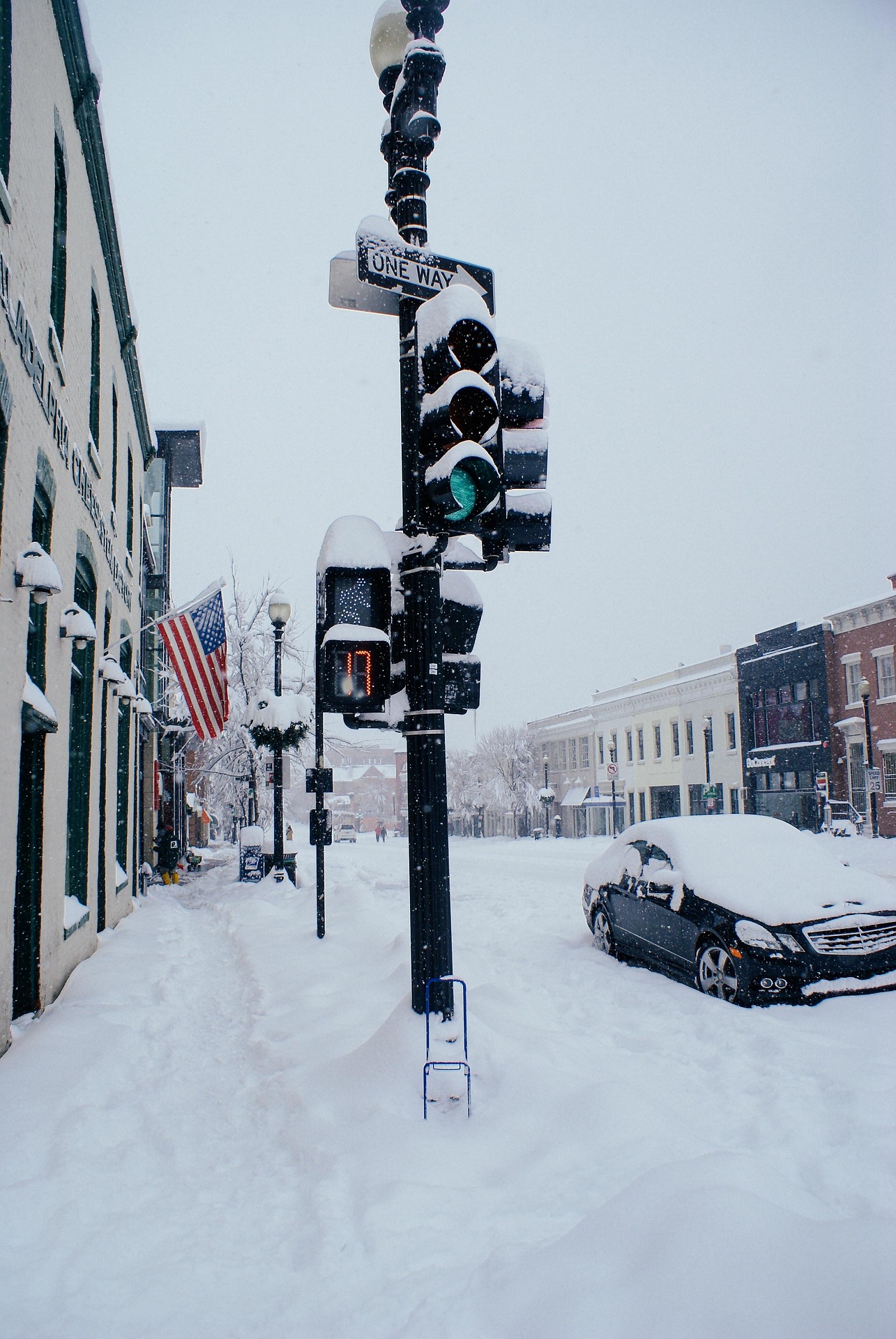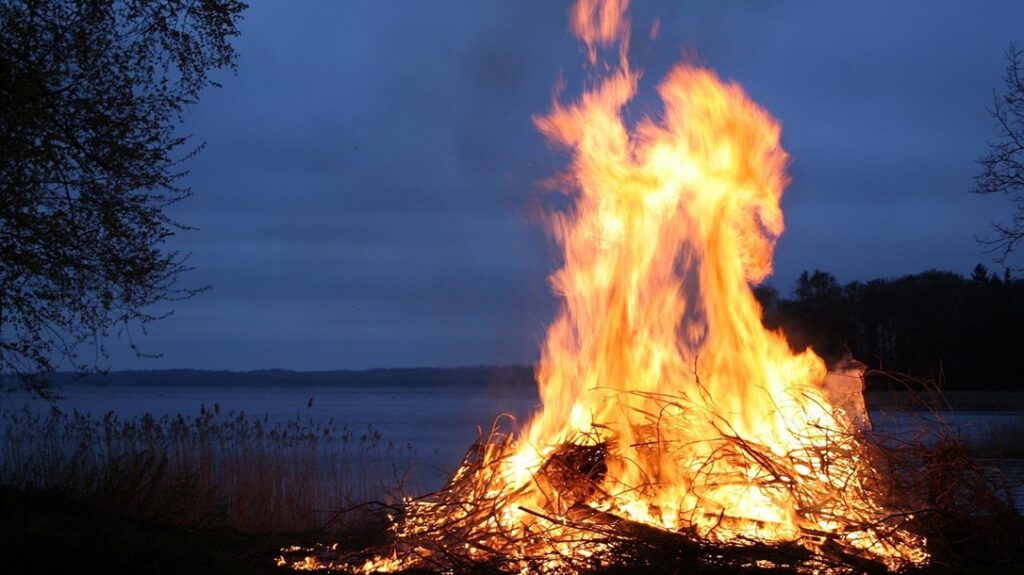A snow pantry is an excellent introduction to prepping. It’s also a great way to introduce the concept of preparedness to others who may be interested but aren’t sure where to start.
Building a Snow Pantry
The goal is simple. You’re assembling a supply of food and other necessities you may want to have on hand during a bad winter storm. The idea here is that if the roads are terrible, you aren’t going to be running to the store. And hey, if the roads are too bad for you to venture out, let’s maybe not ask a food delivery driver to do it.
Foods You’ll Want
The first step in the snow pantry is foodstuffs. For this sort of project, I have three qualities I want in the food I’m stocking.
Advertisement — Continue Reading Below
Inexpensive – I don’t want to have to spend a ton of extra money.
Easy – this isn’t the time for elaborate preparations.
Filling – the goal is to fill bellies, nothing else.
Advertisement — Continue Reading Below
We’re not nearly as concerned about balanced diets and nutrition as we are about kicking back with some comfort foods. This isn’t the kind of food we’ll live on for weeks on end. It’s just to last a few days, that’s all. As much as possible, stick with heat-n-eat options.
Bad winter storms can bring down power lines. If you have a gas stove, you’re still in business. If not, you may need to opt for a patio grill or camp stove to heat food and water.
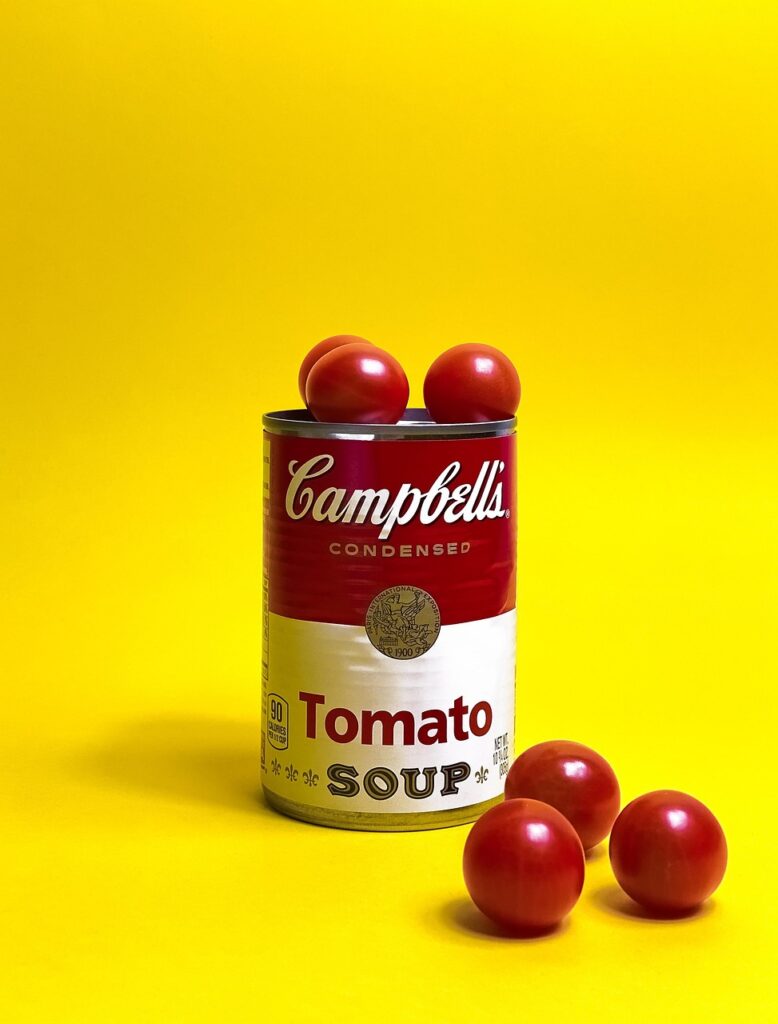
Advertisement — Continue Reading Below
Never buy foods that nobody in your home likes to eat. Sure, hunger can be a factor, but there’s little sense in stocking foods that are going to lead to arguments. You have the ability to stock good stuff right from the outset. Here are a few ideas.
- Canned soups
- Boxed pasta
- Rice mixes
- Canned or pouched tuna, chicken, or other meats
- Coffee or tea to avoid caffeine withdrawal headaches
- Chips
- Candy/chocolate
- Popcorn
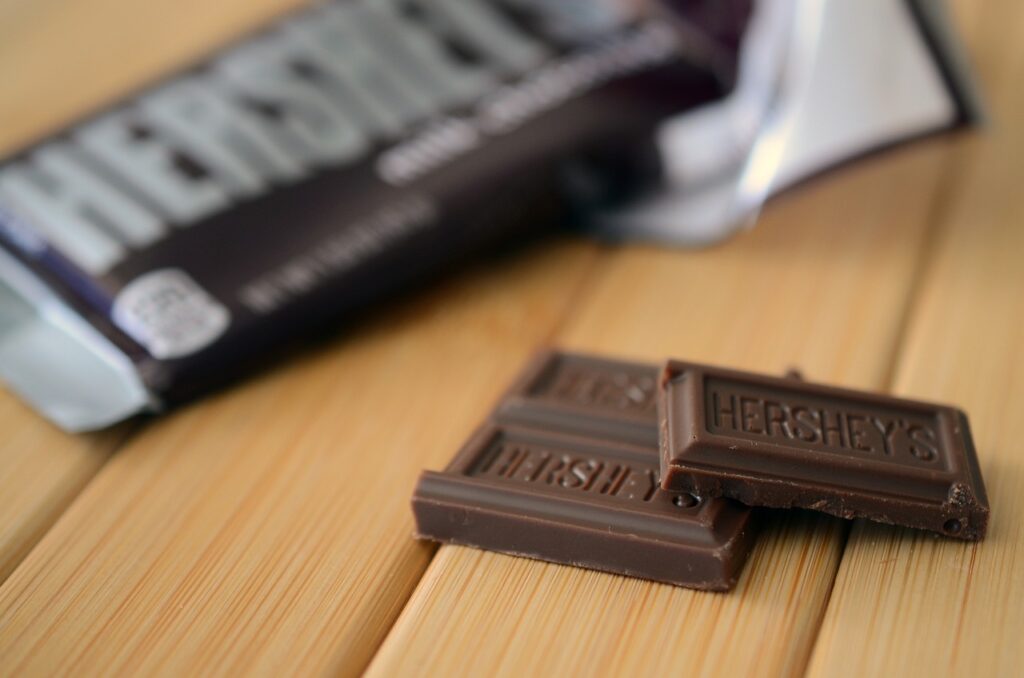
Sickness Supplies
It always seems like someone in the house falls ill at the worst times. I mean, not that there’s a good time to be sick, but if a storm is raging outside, nobody is going to want to run to the store to get saltines for a bad stomach.
Advertisement — Continue Reading Below
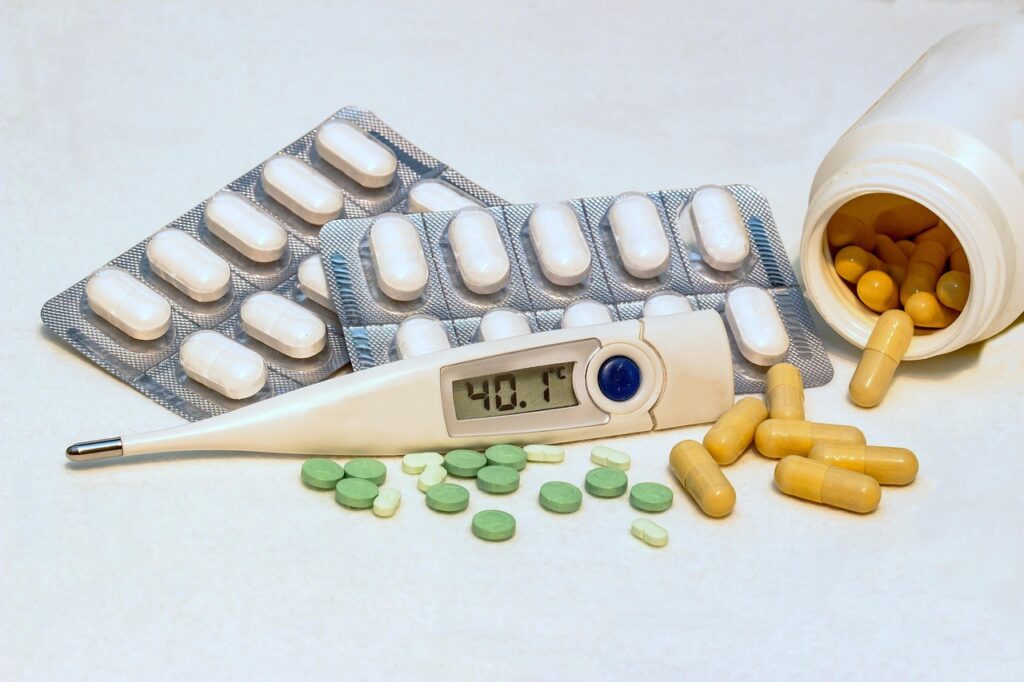
With that in mind, consider some of these items for your snow pantry.
- Crackers
- White soda
- Ginger ale
- Cold/flu meds
- Fever-reducing meds
- Meds for stomach upset
Hygiene Items
One more area of focus for the snow pantry is hygiene. Running out of toilet paper might be the one thing that will make you brave the weather, no matter how bad the roads may be. A better option is to squirrel a few rolls away, hidden from the family until they’re needed in a crisis.
Advertisement — Continue Reading Below
If you have babies in the mix, enough diapers, baby wipes, and similar items to last a few days would also be wise.
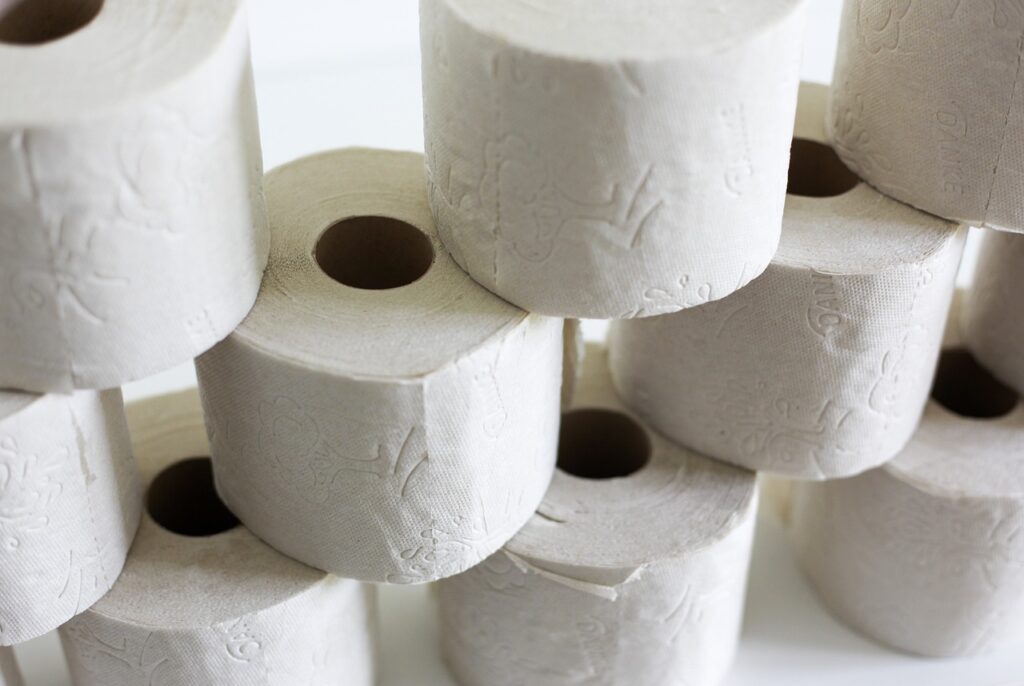
At this point, some of you are probably thinking that this snow pantry isn’t any different than what we’d consider to be very basic level disaster preps. You’re exactly right, and that’s precisely the point of this exercise. This is a great way to get someone started with prepping.
Advertisement — Continue Reading Below
Instead of being overwhelming, it’s very simple and down-to-earth. It’s rooted in a common experience—being stuck at home due to bad weather. Get them started with the snow pantry concept, then expand the preps from there as needed.
